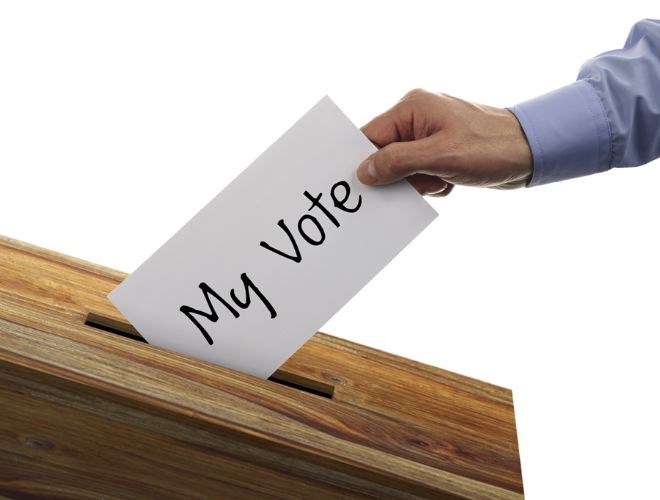With regard to proportional representation, it is interesting how the proponents tend to use all sorts of tricks in their arguments. Straw man arguments, ad hominin attacks, reduction ad absurdum and plain old fear - all show up in their letters.
But not too surprising because if you can't attack the argument, attack the person making it.
As in all arguments, though, there are a few well-meaning individuals who speak from the heart.
A letter by one - Ian MacKenzie - was featured recently in this paper. He started off by stating he is 85 and won't be around much longer but he wanted to leave a better world for his off-spring.
He then says: "... I don't want to leave them hornswoggled by the disguised dictatorship of first-past-the-post which has left me unrepresented..." which is a statement which needs to be unpacked. But for the most part, his letter appears as a genuine plea for something better.
Unfortunately, proportional representation isn't better. I would argue it's actually worse.
Consider the results of an election under proportional representation - and for the sake of argument I am going to focus on the proposed Mixed-Member PR system such as used in Norway.
The election is called. Each person votes in a riding on some form of list ballot which effectively means ranking the candidates. In Norway, there are 19 counties designed to elect 169 members of the Storting.
In B.C., we will need to have a similar number of multi-membered ridings in order to achieve a legislature with some semblance of the proportional vote.
For the sake of argument, let's assume 16 ridings with 5 candidates drawn from each and 19 candidates elected from party lists. (Note: Three is the minimum number of MLAs in a riding which has any hope of giving something proportional. Five is a better option.)
This gives us a legislature of 99 MLAs and some fantastically diverse ridings with five rural ridings covering 96 per cent of the land mass of the province and eleven ridings concentrated in the Lower Mainland and Capital Region District.
To put this in perspective, each of the rural ridings will cover an area of 82,372 sq. km while each of the nine or so Lower Mainland ridings will cover 4,000 sq. km. (I should point out Norway uses a system where each voters counts as 1 point and each square kilometre as 1.8 points to determine the number elected from each county.)
Does size matter? Absolutely. It is hard to represent someone in Atlin if you are also trying to represent someone in Valemount or Queen Charlotte City.
If representation requires our MLAs to listen to the people they are elected to represent then massive ridings severely restrict the ability of anyone to engage in meaningful dialogue.
However, let's go with our 80 seats and 16 ridings. Voters in each riding will support one or more of the candidates from one of the 27 political parties in the province. The winners will be based on who gets the most votes - and not on who gets a majority of votes. Or we could be simply voting for a party and not for a person.
In any case, 80 MLAs will be elected and presumably will have some form of loose association with the voters in their riding. For the rural ridings, the major population centres of Nanaimo, Kamloops, Kelowna and Prince George are likely to dominate the voting and the MLAs will be drawn from these cities.
We will then have 19 MLAs selected by party leaders and added to the pool to give us a "proportional government."
At this point, the MLAs will be sworn in by the Lieutenant-Governor with the party able to garner the largest coalition forming the government. This doesn't mean the party with the most seats or votes but the one most effective at cutting back-room deals and making private promises.
For example, in Norway, Erna Solberg is prime minister and leader of the Conservative party which won 45 seats in the 2017 election. The Labour Party, under Jonas Store, won more seats (49) but Ms. Solberg was able to form a minority coalition with the Progress and Liberal parties to give her 80 seats. She is presently running the country with a total of 44.6 per cent of the popular vote and only 25 per cent for her own Conservative Party.
And yet, Norway is labeled "The World's Best Democracy."
Finally, once elected and sworn in, the various members of a MMP government are no longer answerable to the people. They will vote along party lines.
If we pursue Proportional Representation, nothing about the system will change. We will still have a "disguised dictatorship."
And we will ensure a significant portion of those MLAs will not be accountable to anyone but their party.
How is this better?



